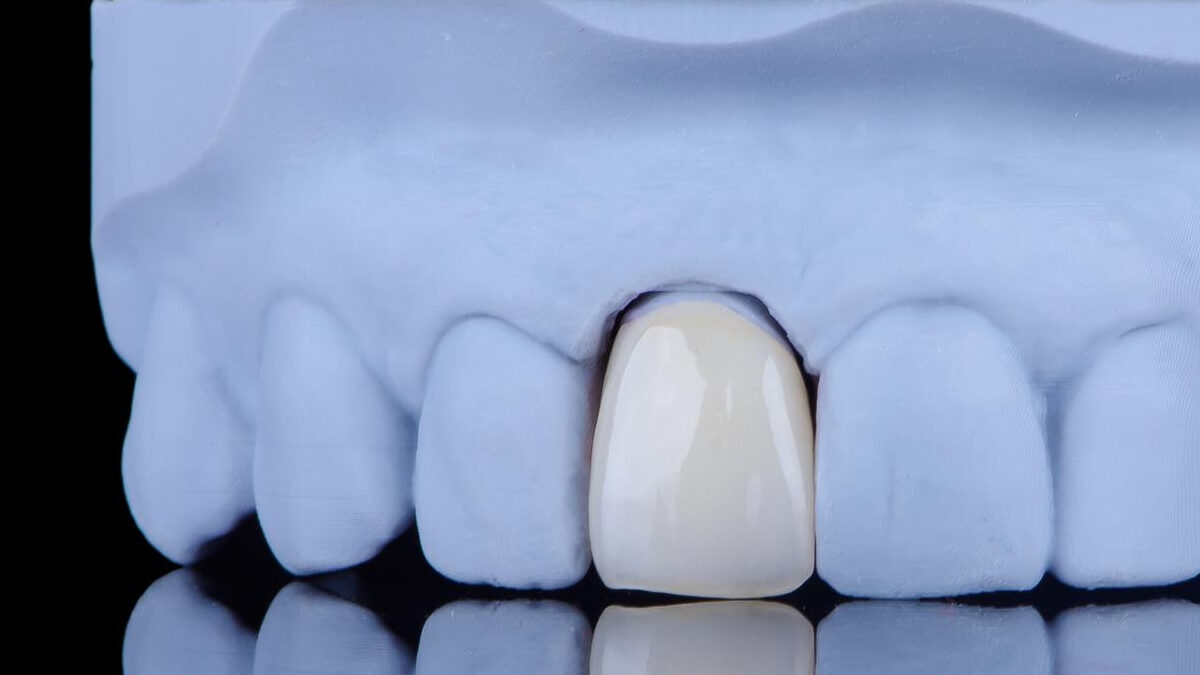Can Dental Bridges Be Removable?

Can Periodontists Do General Dentistry?
November 14, 2024
Can You Get Lumineers With Missing Teeth?
November 28, 2024Dental bridges offer a way to replace missing teeth and restore a complete smile. For some patients, a removable option provides added flexibility. Bridges use different structures to provide stability while remaining easy to remove. Understanding what removable dental bridges offer can help you better decide for your comfort and long-term dental health.
Table of Contents
ToggleCan a Dental Bridge Be Removed and Recemented?
Yes, a dental bridge can often be removed and recemented if it becomes loose or if issues, such as decay, develop underneath. This process requires a skilled dentist to ensure the bridge and surrounding teeth stay intact. Here is the dental bridge removal and recementing procedure:
- The dentist checks the bridge and supporting teeth during the Initialexam by using X-rays to look for decay or other underlying issues.
- If the bridge is loose but in good shape, the dentist decides whether it can be safely removed, cleaned, and recemented.
- By using specialized tools, the dentist carefully loosens the bridge without harming the surrounding teeth or gums.
- After removing the bridge, the dentist inspects it and the supporting teeth for damage or decay.
- Both the bridge and the underlying teeth are cleaned, removing old cement and any buildup.
- The dentist applies fresh cement to the supporting teeth and places the bridge back, ensuring a secure fit.
- The dentist checks your bite and makes minor adjustments to ensure comfort and proper alignment.
How Long Does It Take to Remove a Dental Bridge?
Removing a dental bridge in Washington usually takes 30 to 60 minutes, depending on the bridge’s condition and type. This depends on factors like the type of bridge, how securely it’s attached, and the complexity of the case. In more complicated cases, especially if there is damage or decay around the supporting teeth, removal can take up to 1.5 hours.
Is It Painful to Have a Dental Bridge Removed?
Most patients feel minimal discomfort during bridge removal. Pain levels for dental bridge removal usually range from 0 to 3 on a 10-point pain scale for most patients. Here’s what to expect:
- Many patients feel no pain (0-1), especially if the bridge is already loose or if local anesthesia is used.
- Some patients may feel slight pressure or mild discomfort (2-3) as the dentist loosens and removes the bridge. This is common if the surrounding teeth or gums are sensitive.
How to Remove a Dental Bridge at Home?
Attempting to remove a dental bridge at home can lead to damage. Removing a bridge safely requires special dental tools and a careful technique that only a dentist can provide. If your bridge feels loose, uncomfortable, or needs adjustment, contact your dentist right away for a safe solution. Trying to remove it on your own can lead to pain, injury, or the need for costly repairs.
Learn More: Sedation Dentistry Seattle
What is a Removable Dental Bridge?
A removing dental bridge is a device that fills the gap. A removable dental bridge is easy to clean, so you can keep your gums and teeth healthy without extra effort. It fits naturally and comfortably and is a flexible option to remove when needed every day. A removable bridge for one tooth offers a simple way to restore a complete smile without a permanent fixture, while a removable bridge for 2 teeth provides added stability and fills gaps.
Types of Removable Dental Bridges
Traditional removable bridges attach to nearby teeth with metal or plastic clasps, providing a cost-effective, temporary solution. Here are the types of dental implants:
- Traditional removable bridge attaches to nearby teeth with metal or plastic clasps; which makes it cost-effective and temporary.
- The implant-supported bridge uses dental implants for stability; they are removable but feel like natural teeth.
- A flexible partial denture is made from a soft, flexible material. It is lightweight and ideal for metal sensitivities.
- Snap-on denture anchors onto implants for a secure fit without adhesives; combines stability with removability.
How to Clean a Removable Dental Bridge?
Keeping a removable dental bridge clean is key to oral health and extending the bridge’s lifespan. Here are simple steps for care:
- Rinse the bridge with water after eating to remove food particles and keep it fresh.
- Use a non-abrasive denture cleaner and a soft-bristle brush. Avoid regular toothpaste, as it may scratch the bridge.
- Place the bridge in a denture solution overnight to keep it moist and reduce bacteria buildup.
- Use room-temperature water for rinsing, as hot water can warp the bridge material.
Removable Dental Bridge Cost
A dental bridge removal cost varies based on the type, materials used, and the complexity of the procedure. Factors like the number of missing teeth, the need for adjustments, and the chosen style, whether it’s a traditional removable bridge, implant-supported bridge, or flexible partial denture, also play a role in determining the overall cost. Dental insurance may help cover part of the cost, especially if the bridge improves function and oral health.
Removable Dental Bridge Consultation in Washington
Are you considering a removable dental bridge? Kirkland Dental Excellence offers expert care in a comfortable setting. Our team can guide you through all available therapies and help you select the best fit for your dental health and lifestyle. Check us online to schedule your consultation and start your journey toward a healthy, complete smile.
Conclusion
Dental removable bridges offer an effective solution for missing teeth, providing flexibility, comfort, and easy care. By understanding the types of bridges available, the costs, and proper care techniques, you can choose the bridge that best suits your needs. Reach out to Kirkland Dental Excellence to explore personalized solutions for a lasting, confident smile.
FAQs
Yes, a removable bridge can be taken out, while a fixed bridge may come loose over time.
With good care, a bridge may last 5–15 years and can be replaced as needed.
If your bridge loosens, a dentist can recement it or provide a replacement if necessary.
Yes, but only a dentist should perform this removal to prevent damage.
Yes, careful techniques allow a dentist to remove it without damaging the bridge.
Bridges can be either. Removable bridges allow flexibility, while permanent bridges stay in place for a natural feel.




